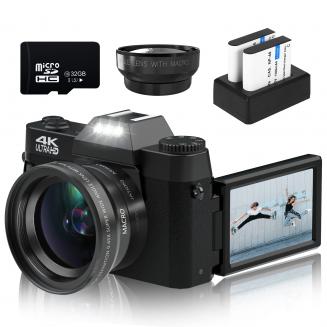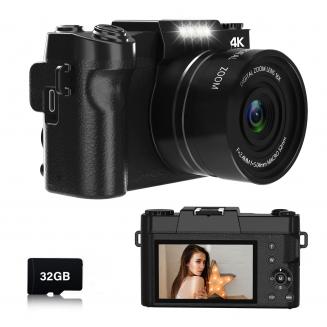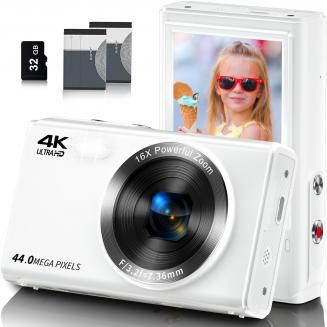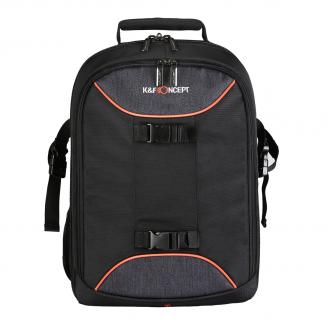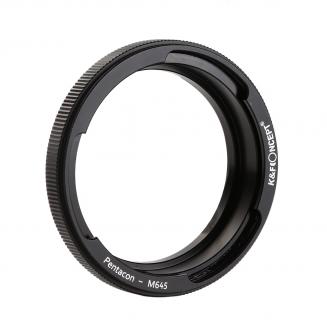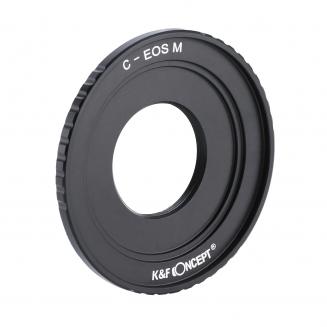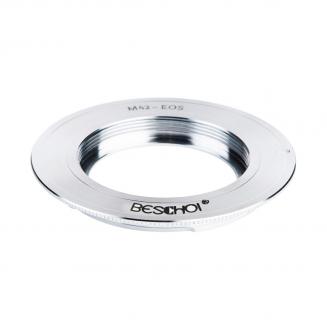A
In principle yes... ...but practically no. Canon EOS are DSLR, i.e. digital SLR cameras. The normal adaptation via the focuser is technically possible, you need a transition sleeve from 1 1/4 "to T-2 and a T-2 ring for Canon. Both are available in specialist shops. However, neither the telescope nor the mount/tripod are suitable for this The telescope produces a more or less strong coma due to the nature of the system, and a corrective lens for this would cost more than the rest of the device. Pictures from an uncorrected Newtonian can cause downright dizzy spells. I can't assess whether you can even get into it with the existing focuser the camera focus. The mount and the tripod are also not stable enough for the required exposure times with such focal lengths in deep-sky photography. The existing equipment also lacks motorized tracking, and the tracking control via guide scope or off-axis We haven't even talked about guiders yet. For the moon and planets, the focal length is lacking. You can't actually do astrophotography on the side, nothing sensible comes out of it.

